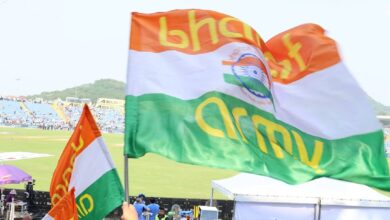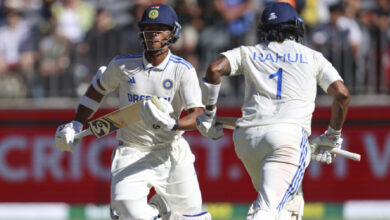Indian football clubs must len to national team coach Igor Stimac for their own good | Football News

When he agreed terms to become India head coach, it is unlikely that Igor Stimac’s job would’ve included making frequent public appeals, with folded hands and heart emojis, for the most rudimentary things.He’s had to beg to the All India Football Federation (AIFF) for matches against decent opposition.He has reached out to the Prime Miner, seeking his intervention to ensure the team did not miss out on the Hangzhou Asian Games.
And after the government relaxed its norms to allow the football team to board the plane to China, Stimac penned another open letter on Sunday. This time, to the Indian Super League (ISL) clubs, requesting them to release their national team players.
Here’s why Stimac has had to make an appeal to the clubs.
All his players are contracted with the teams, whose season began this week with the Durand Cup and continues till April-May next year.
Unlike cricket, players do not get paid to turn out for the national team. But they are handsomely remunerated the clubs – a national team player, on an average, makes upwards of Rs 1 crore per season.
And so, the clubs tend to extract the last ounce of a player’s energy to make every paisa they pay him worthwhile. Once the domestic season starts, they control his schedule, game time, training routine and all off-field activities.
This is neither unique to India or football. That’s broadly how professional sport operates.
Clashing calendars
However, this well-oiled routine is faced with an unusual crisis. From September to January, the national team will play at least one international match every month, a rare occurrence in Indian football.
India begin this busy cycle in Thailand, where they will play in the King’s Cup. Around the same time, the U-23s will compete in the Asian Championship qualifiers in China, where days later the U-23 side, with three seniors, will take part in the Asian Games.
In October, India travel to Malaysia for the Merdeka Cup and in the following month, the joint qualifiers for the 2026 World Cup and Asian Cup kick-off. A few friendly matches are expected towards the end of December before the big one in January – the Asian Cup.
Out of these, the King’s Cup, Merdeka Cup, the U-23 qualifiers, the joint qualifiers and Asian Cup will be held during the FIFA window. For these tournaments, it is mandatory for clubs to release players.
The Asian Games fall out of the FIFA window and hence clubs are not obliged to send their players. So, a Bengaluru FC can refuse to release Sunil Chhetri or Gurpreet Singh Sandhu and football laws, they’d have done nothing wrong.
But the fight isn’t over the mere availability of players. Stimac wants the clubs to release them for a longer period, instead of the usual three days before a match. The former Croatia player and coach wants an extended preparatory camp so that the players are game-ready when they wear the blue jersey.
His views have been echoed all national team players, including Chhetri and Sandhu. They point to recent results and the unbeaten run in 2023, claiming it is largely due to the uninterrupted camps.
While one must take results against lower-ranked opponents at home with a pinch of salt, the benefits of training together are undeniable. India looked more cohesive and fitter in the last few weeks than they have in recent years.
That, in turn, has contributed to the undefeated streak and the consequent positivity around Indian football.
Clubs must read the room
The clubs have to start playing ball. Rather than engaging in short-termism and worrying only about a few match-days of the ISL, they must look at the bigger picture.
For – based on the draw – India have a realic chance of getting out of their group at the Asian Games, finishing second and advancing to Round 3 of the Asian/World Cup joint qualifiers for the first time, and more than an outside chance of qualifying for the knockout stages of the Asian Cup.
As witnessed in other sports, nothing ignites passion and unites people more than a solid performance the national team. Not even one percent of the 1.4 billion people in the country would care if team X or Y won or lost a couple of matches in the ISL because India is still to embrace the club culture like Europe has.
The clubs must realise that their fate is intertwined with India’s. The hundreds of crores they collectively splurge every season will count for nothing if the national team continues to flop. But they will benefit a great deal if the team achieves even half of the targets they’ve set for this season.
And for that, the clubs have to walk the extra mile and provide Stimac and his players the support they need in the coming months.
Stimac shouldn’t have to be making an appeal for every little thing. He has little to lose here. But Indian football has a lot to gain.







